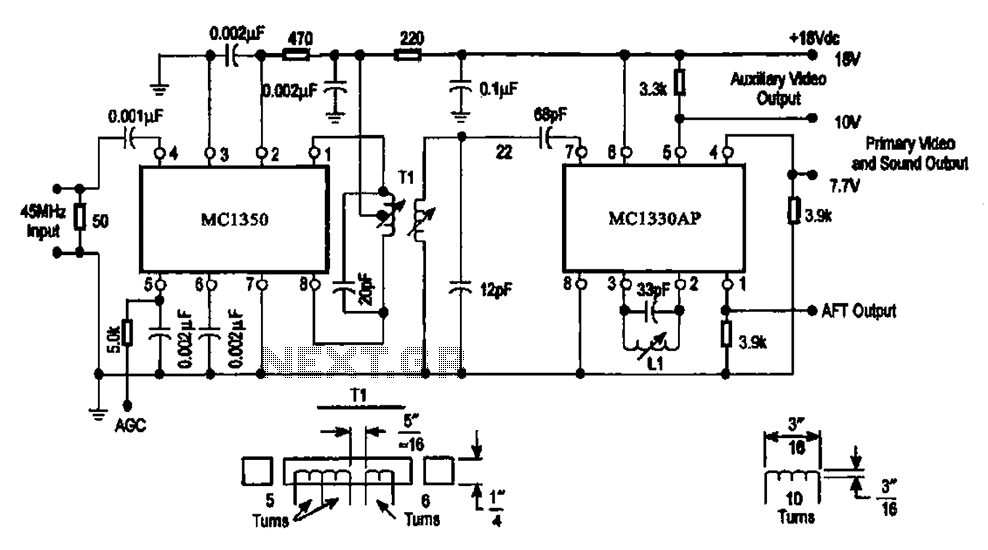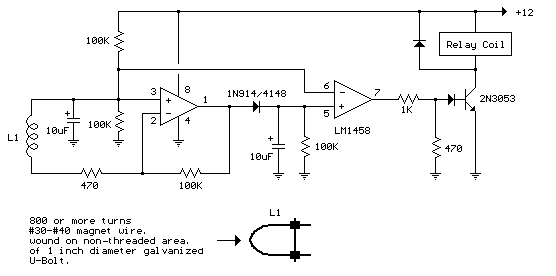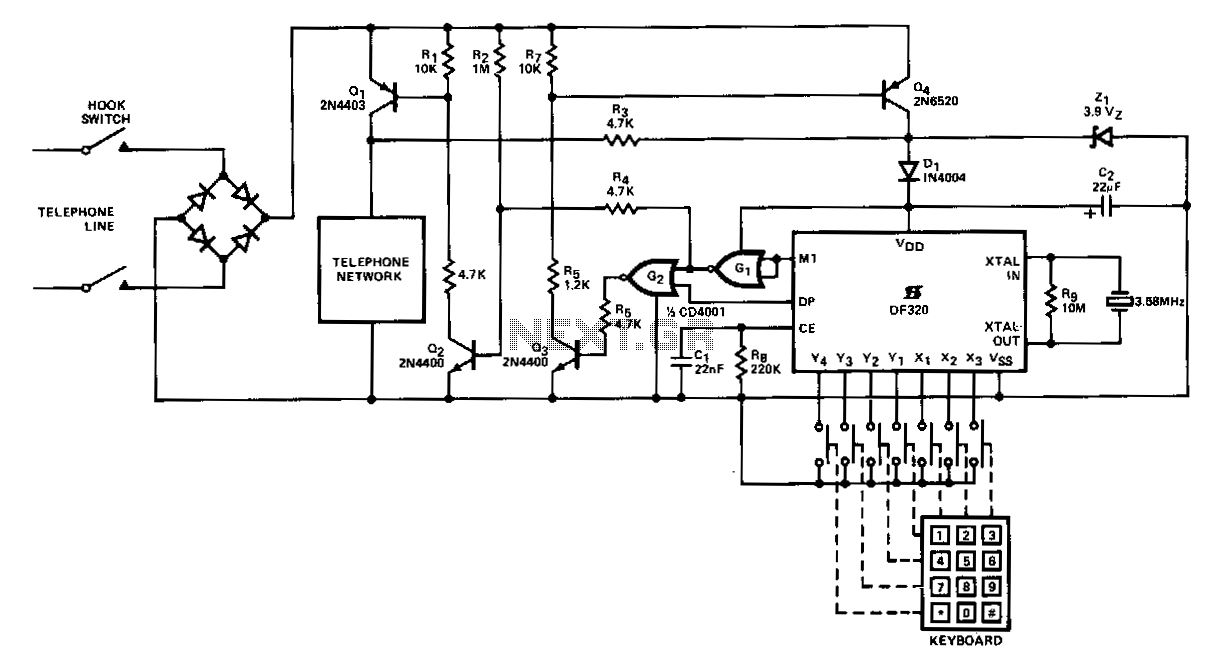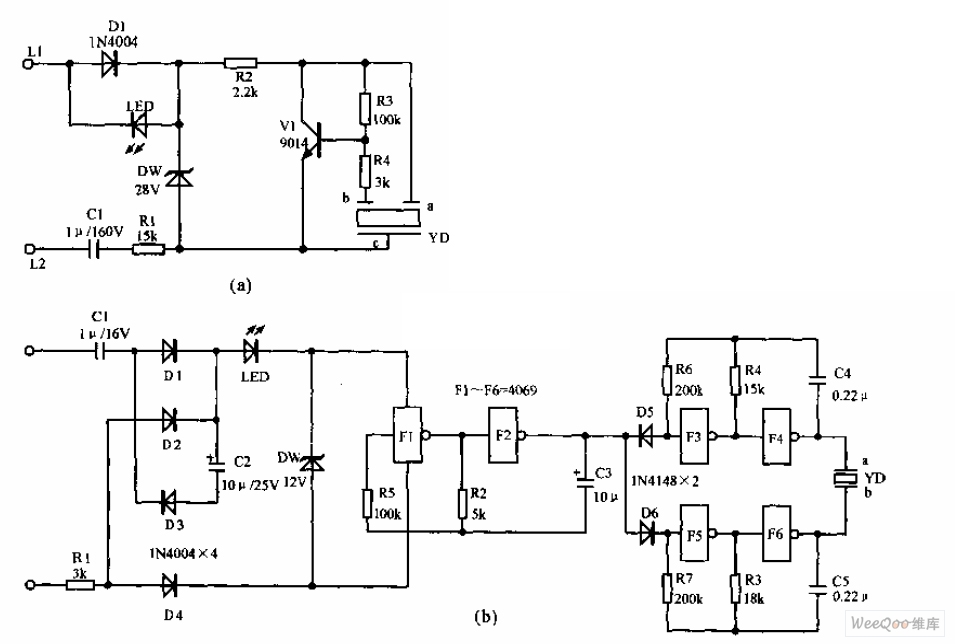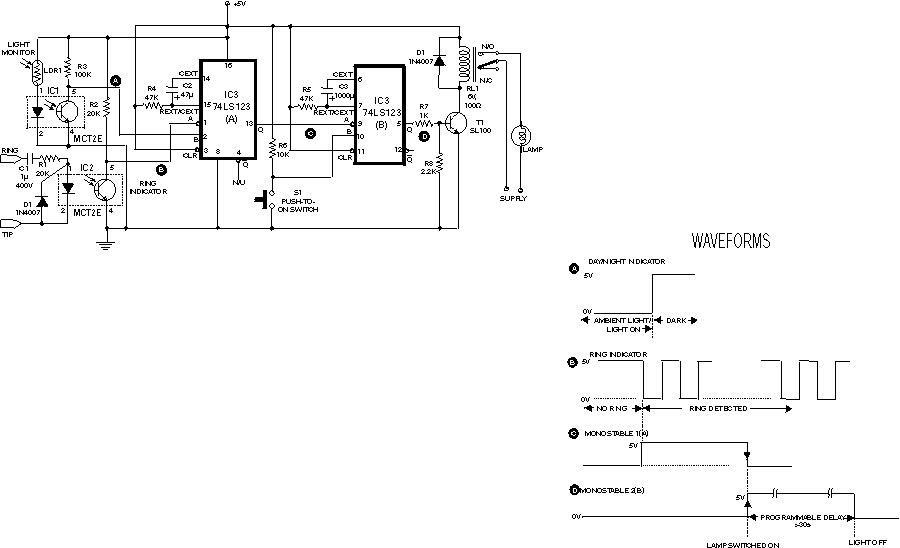
Telephone ringing detector

The 555 timer is configured as a multivibrator in conjunction with an opto-isolator to drive a remote speaker.
The circuit utilizes the 555 timer in astable mode to generate a continuous square wave output. This output is then used to control the opto-isolator, which serves as a bridge between the low-voltage control circuit and the high-voltage speaker circuit. The opto-isolator provides electrical isolation, protecting the low-voltage components from high-voltage spikes that may occur in the speaker circuit.
The 555 timer's frequency and duty cycle can be adjusted by varying the resistor and capacitor values connected to its timing pins. Typically, two resistors (R1 and R2) and one capacitor (C1) are connected to pins 6, 2, and 3 of the 555 timer. The output from the 555 timer (pin 3) is connected to the input of the opto-isolator. The opto-isolator consists of an LED and a phototransistor; when the LED is activated by the timer's output, it triggers the phototransistor, allowing current to flow through the speaker circuit.
In this configuration, the remote speaker can be effectively driven by the signal generated from the 555 timer, ensuring that the speaker receives the necessary power without direct electrical connection to the control circuit. This design is particularly useful in applications where isolation is crucial, such as in remote control systems or in environments with high electrical noise.With the 555 timer connected as a multivibrator and an opto-isolator, a remote speaker can be driven. 🔗 External reference
The circuit utilizes the 555 timer in astable mode to generate a continuous square wave output. This output is then used to control the opto-isolator, which serves as a bridge between the low-voltage control circuit and the high-voltage speaker circuit. The opto-isolator provides electrical isolation, protecting the low-voltage components from high-voltage spikes that may occur in the speaker circuit.
The 555 timer's frequency and duty cycle can be adjusted by varying the resistor and capacitor values connected to its timing pins. Typically, two resistors (R1 and R2) and one capacitor (C1) are connected to pins 6, 2, and 3 of the 555 timer. The output from the 555 timer (pin 3) is connected to the input of the opto-isolator. The opto-isolator consists of an LED and a phototransistor; when the LED is activated by the timer's output, it triggers the phototransistor, allowing current to flow through the speaker circuit.
In this configuration, the remote speaker can be effectively driven by the signal generated from the 555 timer, ensuring that the speaker receives the necessary power without direct electrical connection to the control circuit. This design is particularly useful in applications where isolation is crucial, such as in remote control systems or in environments with high electrical noise.With the 555 timer connected as a multivibrator and an opto-isolator, a remote speaker can be driven. 🔗 External reference
